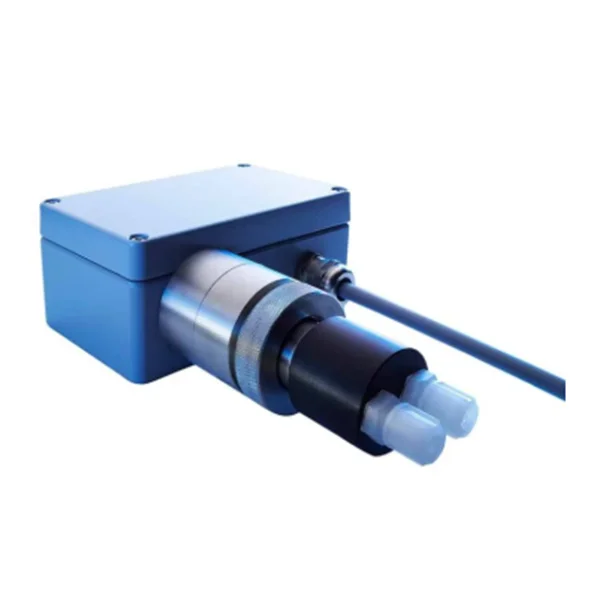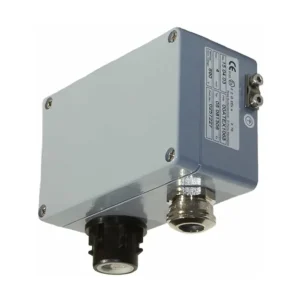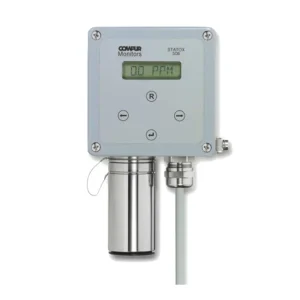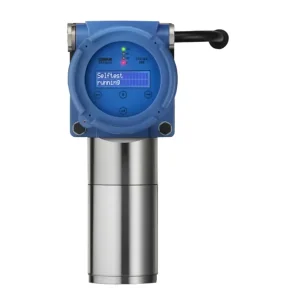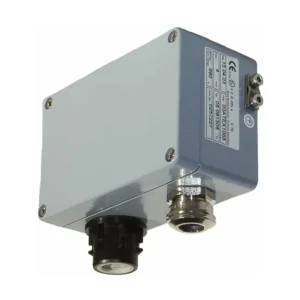| etc | Gas Detector |
|---|
Statox 501 PID
VOC measurement in the ppm or ppb range
PID technology is used for the detection of substances that cannot be detected by other methods. This includes organic solvents and fuels, also known as VOCs (VOCs = volatile organic compounds).
The gas molecule to be measured is split inside the PID detector by a very high-energy UV light beam into radicals with an electrical charge. This process is called ionisation. The radicals are discharged at the plates of a capacitor. The resulting discharge current is proportional to the number of molecules and therefore to the concentration.
The Statox 501 PID works with a 10.6 eV lamp and can therefore measure all substances that can be ionised with 10.6 eV or less.
PID gas analysers are calibrated with isobutene. As other substances are displayed with different sensitivities compared to isobutene, the corresponding calibration factors must be taken from a response table in order to display the concentration correctly. On request, our Statox 501 PID can be ex – works calibrated to your requirements. Then it is ready for use immediately.
Similar to the voltage signal of a catalytic sensor, the Statox 501 PID provides a linear output signal that is analysed and displayed by the Statox 503 Control Module. A 4-20 mA analogue output and three powerful relays of the control module forward the measured value and, if necessary, alarm signals to a process control system or peripheral alarm devices.

